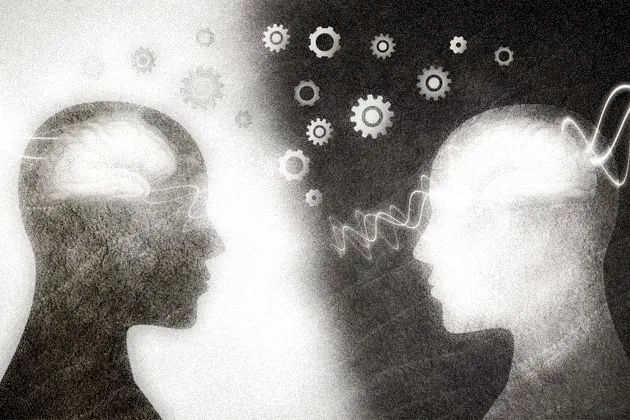Cognitive-behavioral therapy (CBT) is designed on the belief that people’s emotions and behavior are influenced by the ways they perceive events. This psychotherapy guides people in the management of mental health conditions involving emotional changes. The effectiveness of CBT is determined by its underlying principles. Let’s see what principle underlies cognitive-behavioral therapy.
Cognitive-Behavioral Therapy
CBT, or Cognitive-Behavioral Therapy, is a psychotherapy designed to help people change unhealthy thinking, behavior, and feelings. This behavioral therapy aims to improve the quality of life for patients with practical self-help strategies. People suffering from mental health conditions, such as depression and anxiety, often undergo this therapy to manage negativity in their emotions and thoughts.
With the help of CBT, patients are made aware of their negative thinking to help them face challenging situations in a clear and responsive manner. CBT often works individually or in combination with other treatments. This therapeutic treatment doesn’t only help patients having mental health conditions but anyone to help them manage stressful situations in life.
What Principle Underlies Cognitive-Behavioral Therapy?
The fundamental principle underlying cognitive-behavioral therapy posits human behavior is highly influenced by feelings and emotions. By employing CBT, therapists help people recognize and change their dysfunctional feelings and thoughts that influence their behavior negatively. Apart from this principle, CBT underlies other principles.
10 Principles of Cognitive Behavioral Therapy
Therapies should be tailored to individuals’ needs, and American psychologist Judith Beck states 10 principles of CBT that address each patient’s conditions. Found out how.
-
CBT is dependent on an ever-evolving formulation of patients’ problems and an individual cognitive conceptualization of each patient.
During the therapy, patterns of patients’ thinking and problematic behaviors are identified along with a complete evaluation of their life experiences. Further, a concept regarding the patients’ conditions is formulated to understand the entire situation.
-
A Strong Therapeutic Relationship is Required in CBT
Patients undergoing CBT must have a strong therapeutic relationship involving them and their therapist. A caring, compassionate, and empathetic therapist can proactively understand patient’s perspectives and treat them better.
-
CBT is problem-centric and goal-oriented
Patients are encouraged to set goals during the early sessions of CBT to evaluate and respond to thoughts effectively.
-
It encourages active participation and collaboration
Active participation of patients is required for a successful CBT. It is a teamwork where every step is taken with collaborative discussions.
-
Focuses on present problems rather than past issues
Without patients’ emphasis, therapists do not focus on past incidents in patients’ lives. The therapy intends to solve the current situation or problem patients are facing.
-
Prevents patients’ conditions from relapsing
This underlying therapy of CBT encourages patients to be their own therapists. They are taught to identify their own behavior and plan ways to bring changes to their dysfunctional behavior.
-
CBT must have structured sessions
With structured sessions, patients can be treated more effectively. Starting with an introductory session and completing with final eliciting feedback makes the treatment more effective.
-
It is a time-limited process
The time for each therapy is determined depending on the patient’s condition. For example, anxiety and depression are usually treated within 14 sessions, but patients with severe mental health conditions are often treated for a longer period.
-
CBT patients identify, evaluate, and respond to their dysfunctional thoughts
In cognitive-behavioral therapy, patients are enabled to identify key cognitions affecting their thoughts and adopt realistic and rational perspectives towards situations.
Evaluating these factors, we can now understand what principle underlies cognitive-behavioral therapy.
Conditions Treated with CBT
CBT is applied to patients with the below-mentioned conditions-
- Controlling illness symptoms
- Treating mental illness that cannot be treated with medications
- Identifying ways to regulate emotions
- Prevent mental illness symptoms from relapsing
- Coping with grief or loss
- Resolving relationship conflicts
- Coping with a medical illness
- Depression
- Anxiety
- Phobias
- Eating disorders
- Sleeping disorders
- Bipolar disorder
- Obsessive-compulsive disorder
- Sexual disorders
- Schizophrenia
It is important to note that cognitive-behavioral therapy doesn’t always cure a condition completely, but it gives strength to the patients to cope with challenging life situations and remain optimistic toward it. The underlying principles of CBT are focused on helping people make their lives better through emotion and feeling-controlling approaches.










